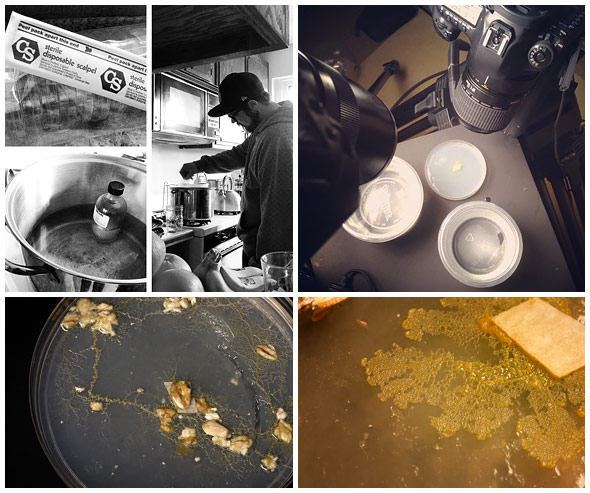Unlike most games, The Last of Us features a full-blown opening title sequence which plays an important role as part of the prologue. Was this the idea from the start?
ND: We’d never done anything like this before and initially we weren’t planning on an opening title sequence at all. But we had a scene at the beginning of the game where Joel [the main character] is with his daughter Sarah. She’s dying in his arms and then we cut to 20 years later and dive quickly into the journey. There’s a lot of exposition thrown at the player. I think we underestimated the impact of Sarah’s death because people were having a hard time following the next scene — they were still recovering from it.
So, we needed a way to create space between these two scenes, and one of the ideas I came up with was an opening title sequence. We also decided that we could use the title sequence to give players a sense of what happened during the 20-year gap in the story. It would set up the state of the world, the quarantine zone, and the idea of this group called the Fireflies, before we meet back up with Joel. Hopefully, that would give players enough time to recover from the previous scene and pick up the story on the way. So that was the initial impetus for it and then we reached out to Sony San Diego with the ideas.
So how did you go about capturing that “grunge”? What was the process for achieving that texture?

HH: What was great about this process was being able to send over a shopping list — a list of weird and wonderful materials, different products, liquids, resins — all bits and pieces that were just going to be an experiment. It was down to having this library of materials and substances, I’m sure 90% of which were terribly harmful.
When we started off, we had water tanks, dropping ink into those, which just looked like the same old water tank work seen so often — so we abandoned that. Then we tried every kind of paper surface imaginable, which was nice but again, whatever you added to the paper it still looked familiar.
HH: We had this kind of murder room — everything was plastic-wrapped like a Dexter or C.S.I. horror scene — covered in black ink.
KJ: Yeah, I have to admit that creating that plastic-wrapped room and having everything shrouded in plastic really helped.
-------------------------------------------------------------------------------------------
I think the production of the last of us sequence is not big but they have researched so much before the actually making. They have experimented with a range of possible materials and to mimic the fungi is a very precise job. The sequence really makes a successful introduction for the game and they texturised the scene so well that people believe in the material. I think it is a successful animation so I want to try out their working approaches and apply to my work! It might be fun to include different media and textures within an animation.
-------------------------------------------------------------------------------------------
I think the production of the last of us sequence is not big but they have researched so much before the actually making. They have experimented with a range of possible materials and to mimic the fungi is a very precise job. The sequence really makes a successful introduction for the game and they texturised the scene so well that people believe in the material. I think it is a successful animation so I want to try out their working approaches and apply to my work! It might be fun to include different media and textures within an animation.
















































